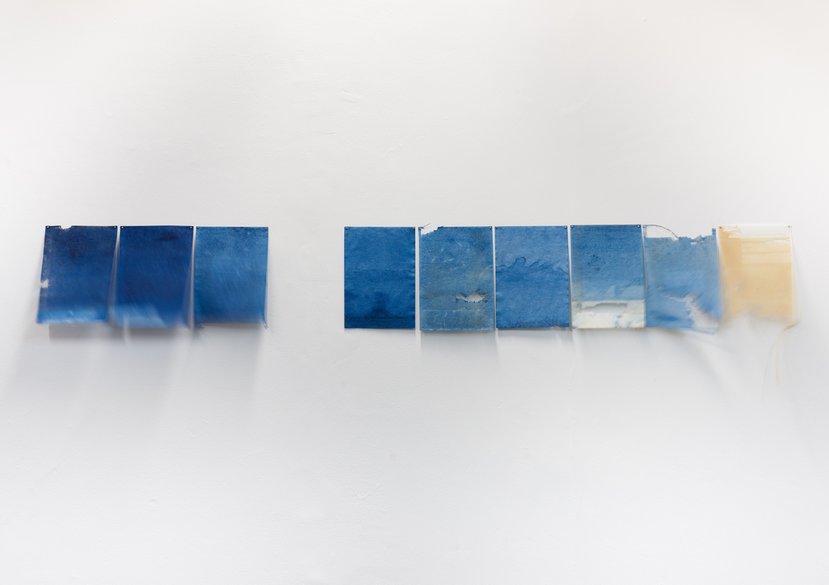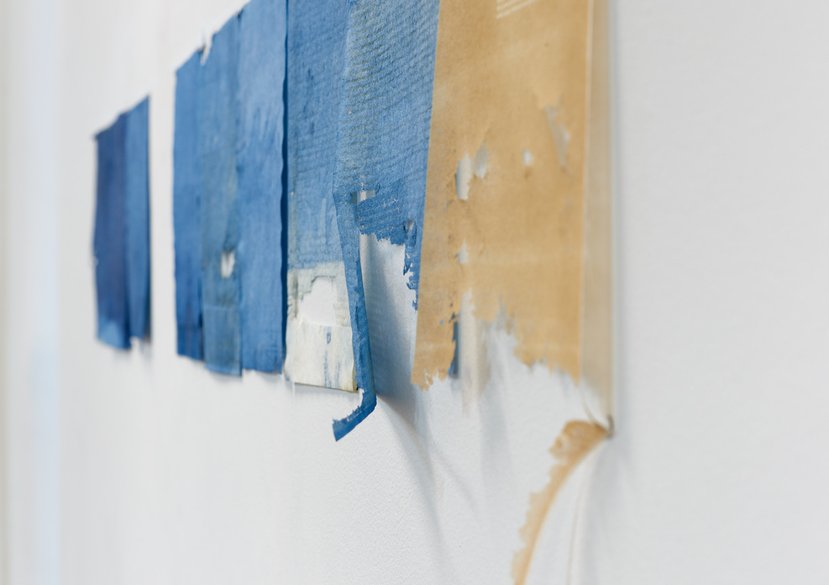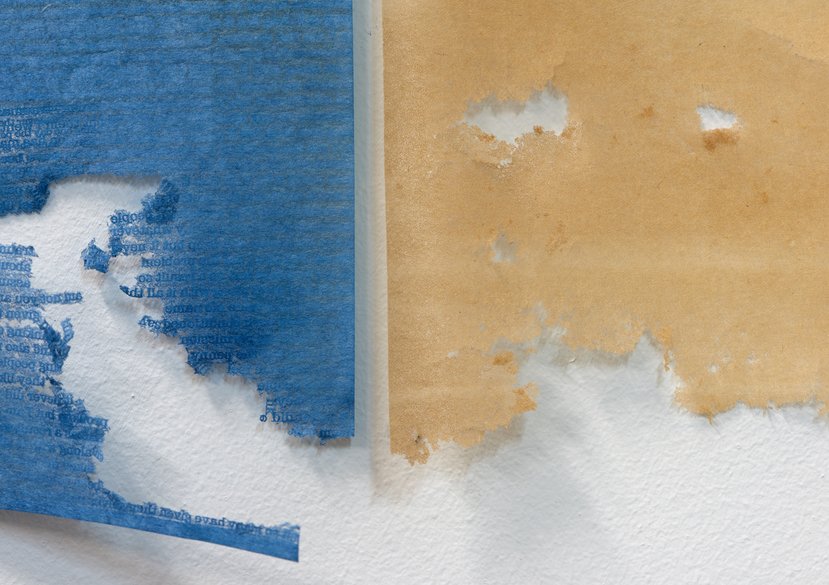
materialising the voice to speak from the liminal: a conversation about carelessness
Key words: care, writing, inbetween, silence, material
This research emerges from a conceptual and autobiographical artistic practice, which is being deployed to uncover an affective sense of the very particular, often suppressed and therefore rarely heard voice – that of someone who was raised in care. Using the methodologies of autotheory and affect theory I aim to contribute new insights to discourses on care.
The research is led by two questions: how is writing as artistic practice giving form to certain kinds of silencing, specifically in relation to carelessness, and how might these utterances from a person who grew up in state care change wider social and academic debates on care? I am interested in the role making plays in writing and emotional articulation and how my investigations might push and blur the boundaries of practice and theory to employ both to speak on my behalf.
The research foregrounds what Tim Ingold (2013) describes as ‘thinking through making’. I am investigating the point at which writing and material engagement coalesce to give new perspectives on putting pen to paper. I am paying attention to the materiality of writing, the meaning of the words, what the writing gesture transmits and transfers – what is being absorbed by or dissolving into the paper as I work and how I can manipulate these unseen traces to dissect my inquiry. The materiality of writing extends to recorded readings of the written word and voice notes to self and others.
I am privileging fault lines and weak spots as essential components – fragility, fracture, instability, dissolve, impermanence, residue, risk, mess, breaks. This presupposes vulnerability, unpredictability and temporality in the form the artworks take, and what Elena Ferrante (2017) calls ‘frantumaglia’ with regards to the form the thesis writing takes. These phyiscal attributes are being studied in direct relationship with the precarious, oscillating, internal-versus-external negotiation provoked by the liminal state driving this project – unbelonging.
Key details
Supervisors
Funding
-
London Arts & Humanities Partnership (LAHP) Studentship
Personal links
Gallery
More about Maria
Biography
My artistic concerns are influenced by the complexities of the relational – between people, and between people and place. I try to substantiate what might be going on in collective situations, paying specific attention to what is hidden, obscured or unspoken.
Projects and exhibitions include Unruly Encounters (2022), Southwark Park Galleries; Watermarks (2021), Metal Culture; “Where are we?” (2020), Francis/Knight and Mid-Sussex District Council; edge/threshold/brink (2018), Nuit Blanche Toronto; Act, Campaign, Petition, Reform, Lobby, Argue and Soit droit fait come est desire (Let it be done as it is desired) (2015); Houses of Parliament; Workforce (a work in progress) (2014), National Maritime Museum; a moment of your time (2013), People United in association with Turner Contemporary; Betty, Pat, Diane, Ivy, Lynette, Bonney (2011), Parramatta Artists’ Studios; Dolphin Loves Disco (and other favourite words) (2012), PEER; 21st Century Reporter (2005), Foundling Museum; Tribute (2002), Arnolfini and Bristol Royal Children’s Hospital; Finders, Keepers (2001), Horniman Museum & Gardens; and …a moment caught in three dimension(s) (1999), 198 Contemporary Arts & Learning. Work in public and private collections include the Parliamentary Archives (UK), V&A, Arnolfini Collection Trust, and Limerick National Drawing Collection.
Degrees
MA, Royal College of Art
BA (Hons) West Surrey College of Art & Design
Awards
Future Collect Commission 2022, iniva & Towner Eastbourne
Churchill Fellowship
Funding
Project Grant, Arts Council England
Developing Your Creative Practice Grant, Arts Council England
Exhibitions
Forthcoming and recent solo exhibitions:
in the perpetual back and forth | Towner Eastbourne | Curator: Hollie Douglas | 4 May - 8 September 2024
living in fear of quicksand | Nunnery Gallery and Tower Hamlets Local History Library & Archives | Curator: Gemma Lloyd | 3 Mar - 21 May 2023
Untitled: an INDEX exhibition of works in progress, Stuart Hall Library | Curators: Hollie Douglas and Beatriz Lobo | 14 Feb - 28 Apr 2023
Publications
Who speaks? Who Listens?, Martina Margetts (2023)
Maria Amidu and Gemma Lloyd In Conversation (2023)
Episodes, I Care By… Research Communiques, RCA School of Arts and Humanities (2021)
public art needs the people and the people need public art, What’s the Point? a case for art in the public domain, UP Projects, London (2020)


